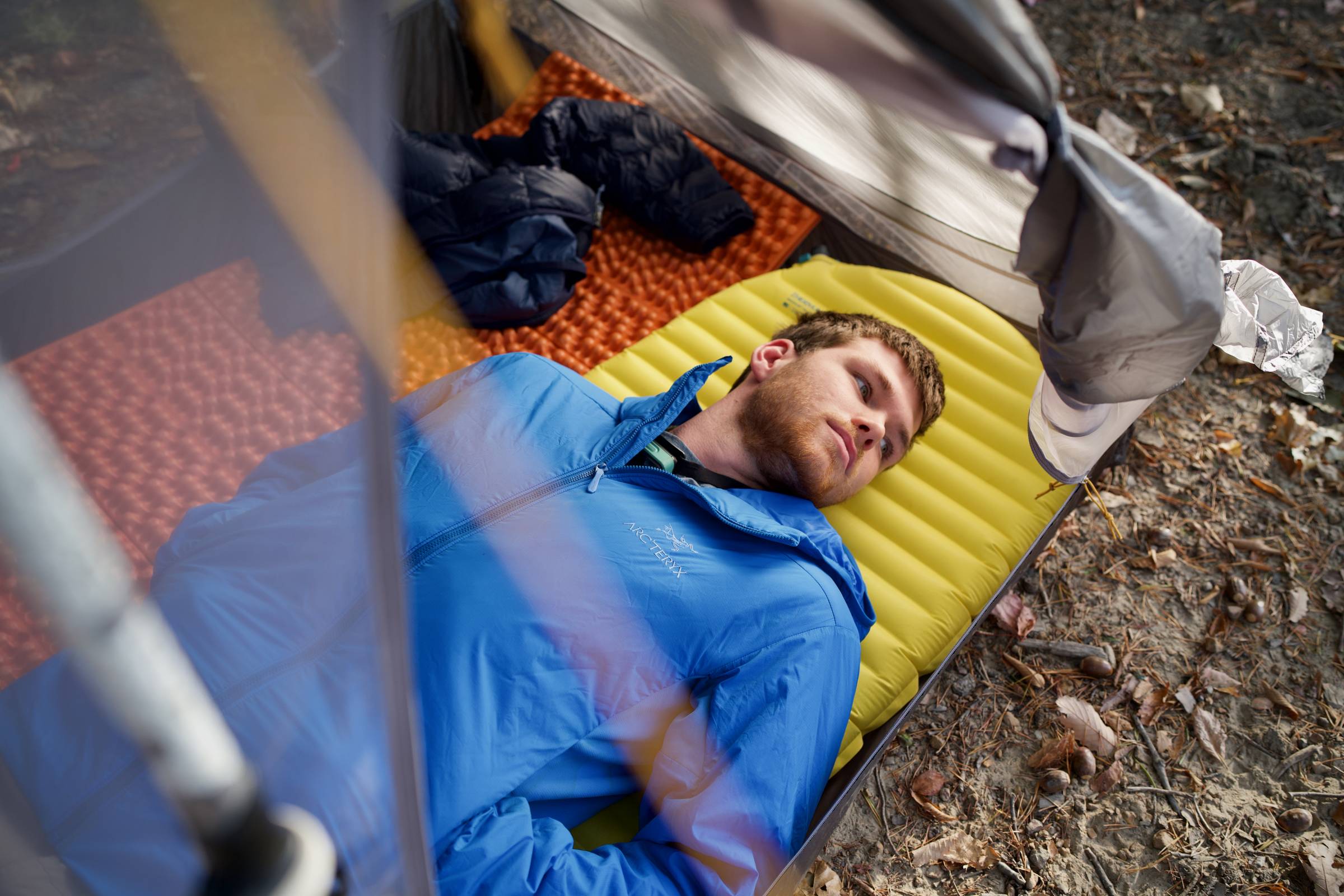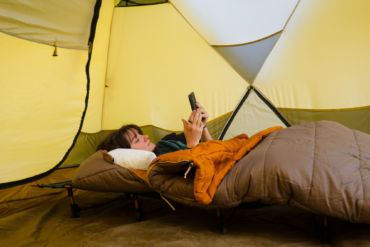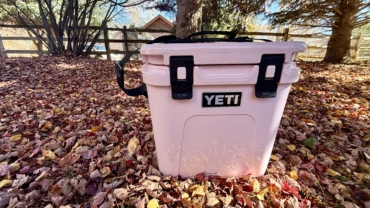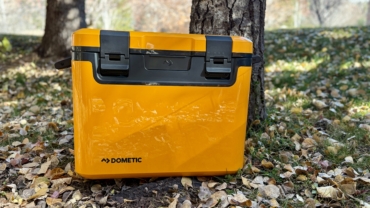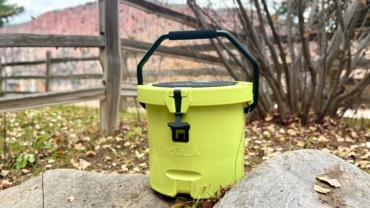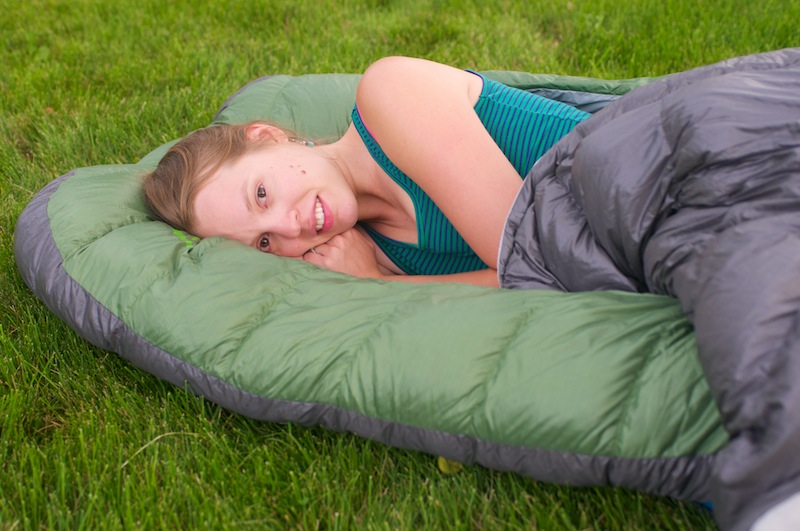
In all my years of camping I have never used a sleeping bag without zippers… until last week. Now that I have let me get this out of the way: Hallelujah!
OK, that’s out of my system. Why it took a company so long to figure out this simple design I will never know, but the to-be-released Backcountry Bed from Sierra Designs (which we awarded a Best In Show at the 2013 Outdoor Retailer Summer Market) is a somewhat revolutionary way to sleep outside.
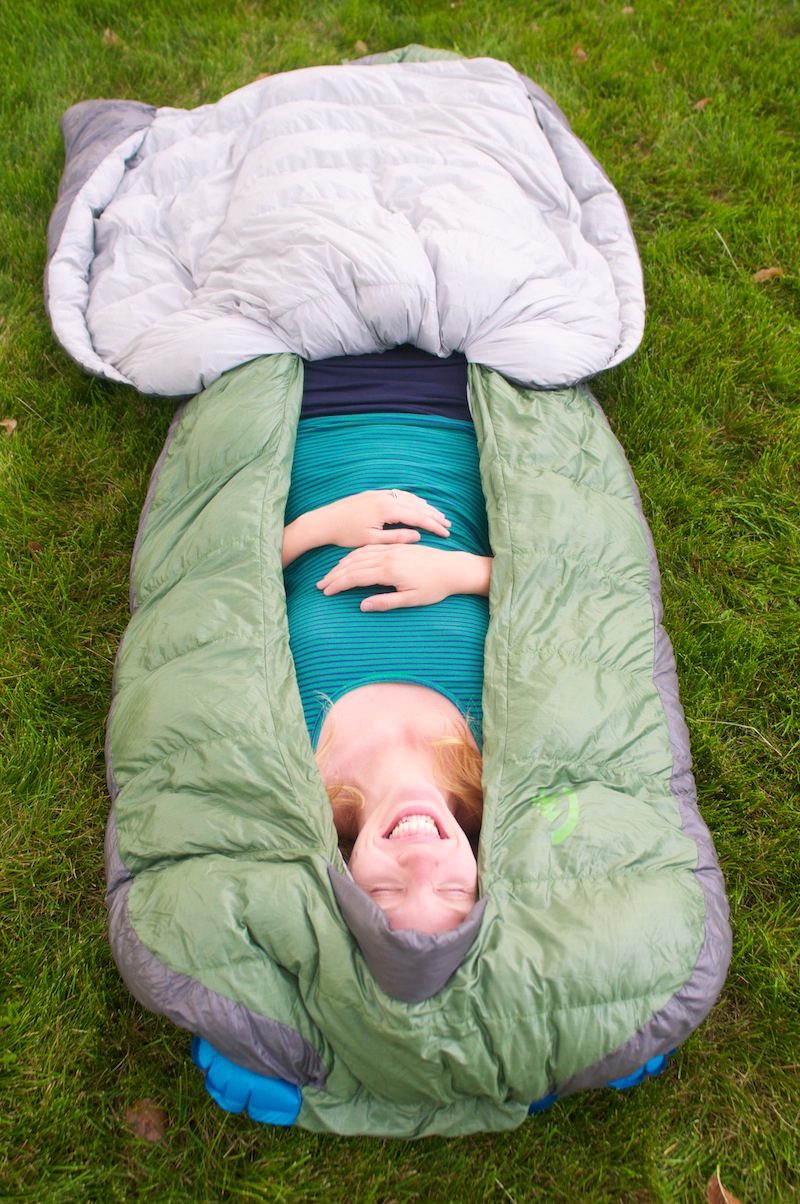
I tested the Backcountry Bed for four nights in a row earlier this month during the TransRockies Run camping in and around Leadville, Colo. (Note: photos in this post were shot after the test in my yard.)
Nighttime temps dropped to around 30 degrees during TransRockies, which was well above the 15-degree rating of the sleeping bag model I tested. The bag was plenty warm.

The Backcountry Bed design is so simple it’s silly. Basically a sleeping bag with a large hole cut out of the middle section, the “bed” uses an attached blanket to close the hole instead of a zipper. The blanket can be pulled up around the user to seal the opening.
If the bag is too warm, just fling the blanket off a little to cool down. Or hang an arm out. Or stick out a leg. Or roll on your side. The options are many, much like sleeping in a twin bed at home.
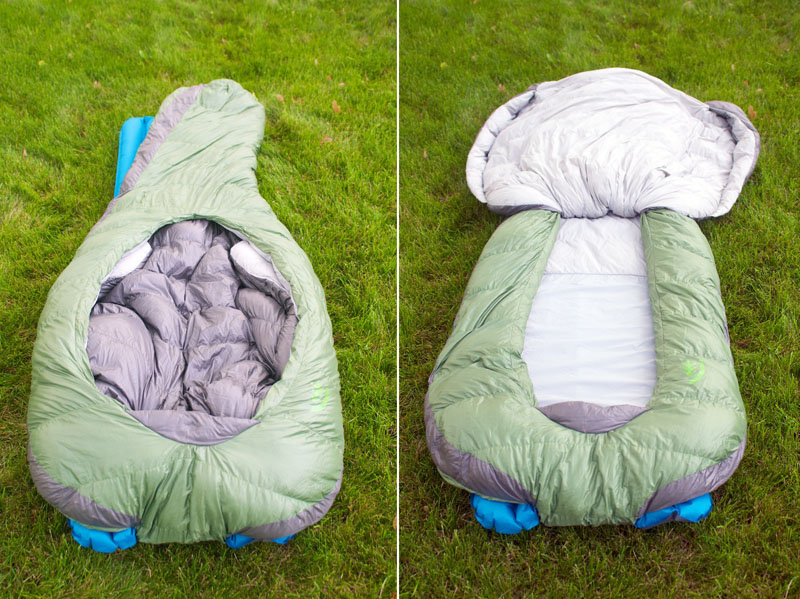
No need to roll the whole bag when wanting to sleep on your side, simply turn within the comfy bed and stretch out.
Why is it called a “bed”? Sierra Designs added a pad sleeve on the bottom. A standard sleeping pad slips into the sleeve to create a bed-like platform.
Near the bag’s temperature limitation, I expect the design may show flaws. I did notice cool air working in around the blanket on the coldest night and expect that the design is not as thermally efficient as a mummy bag.
I suspect the mummy will remain king for cold weather endeavors. But for warm to slightly cold camping, the Backcountry Bed is a welcome addition to sleeping bag options.
A bonus is the company’s 800-fill down treated with DriDown, which adds water resistance to the plumes. The down can get damp and will not clump up.
The bag is rated to 15 degrees and will retail for $399, which sounds pricey but is on par with other light down bags like this. It compresses similar to a traditional 800-fill bag of the same rating.
It will come in a 30-degree version for $349, and in long and women’s specific models.
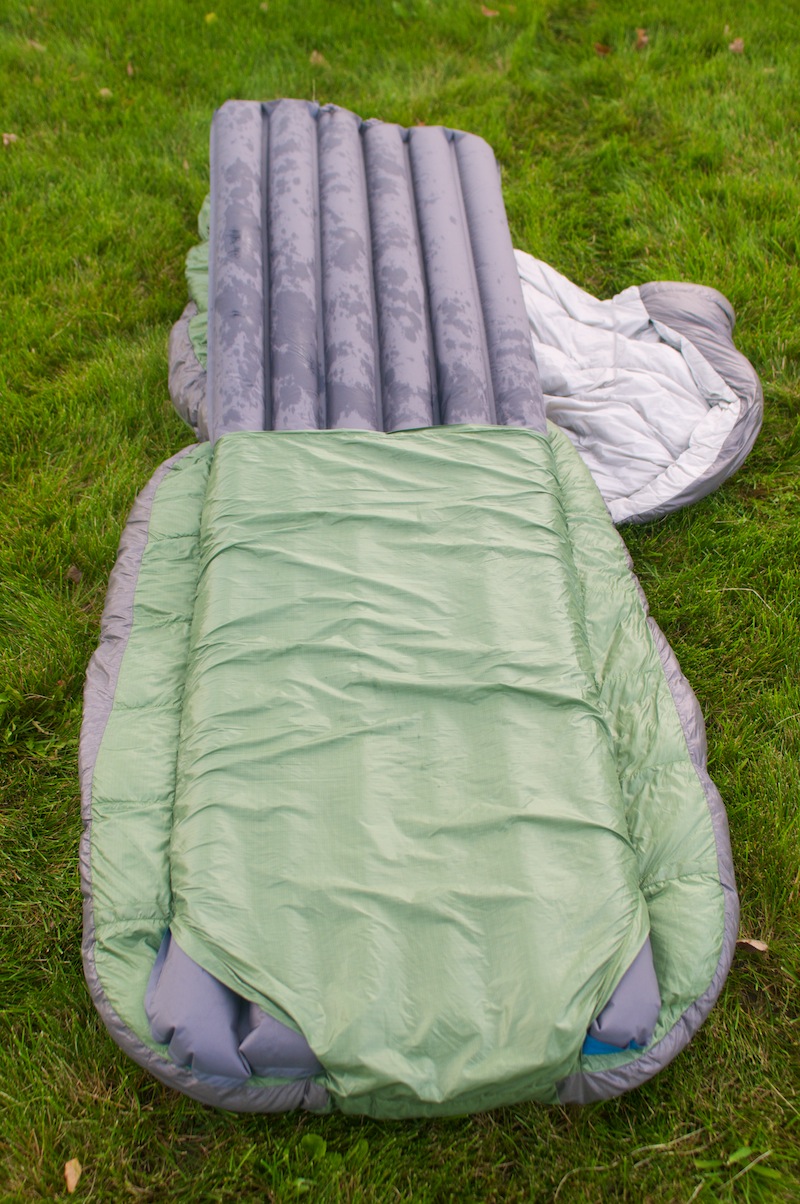
Because the Backcountry Bed is similar in weight (2lbs for the 30-degree; 2lbs, 7oz for the 15-degree) and compressibility to other high-end sleeping bags, it should be a great option for the backpacker.
We hope the brand comes out with a cheaper synthetic-fill option for car camping and backpackers looking to save some cash. It’d weigh a little more and not be as packable, but the zipper-less design deserves to be spread across a few bag options in a line.
The Backcountry Bed will hit the market in early 2014. This is an exciting new design that should open the door to a rethinking of the way sleeping bags are made. We look forward to watching designers continue to push with this type of unique thinking on how gear can function — for comfort as well as performance — in the outdoors.
—By Sean McCoy


